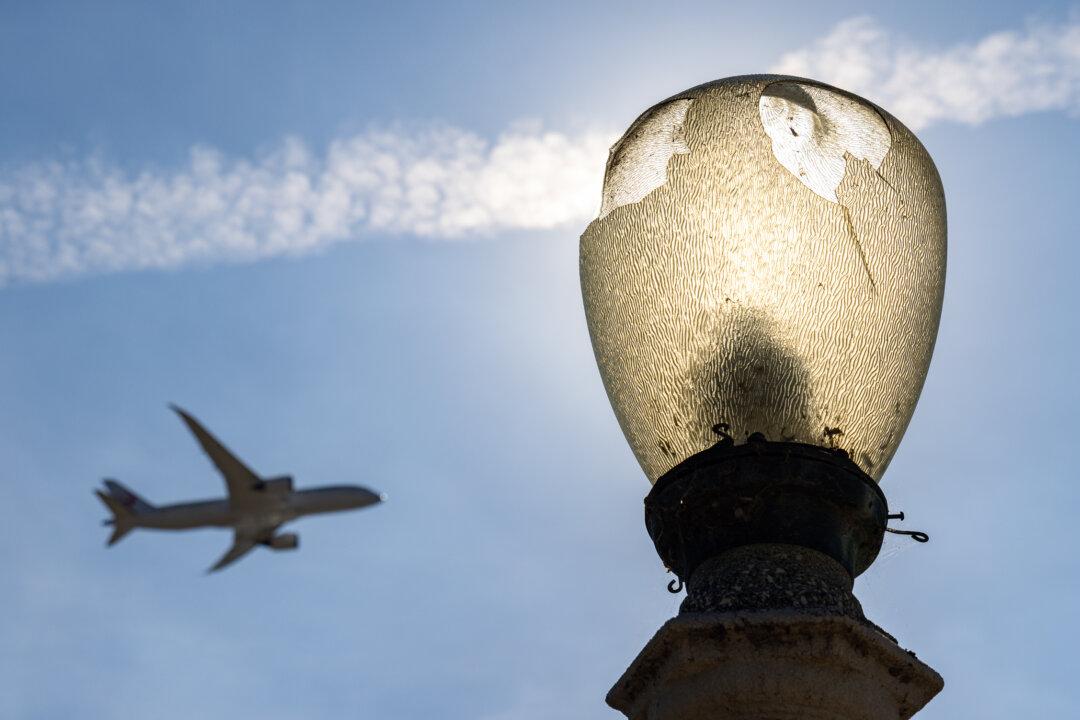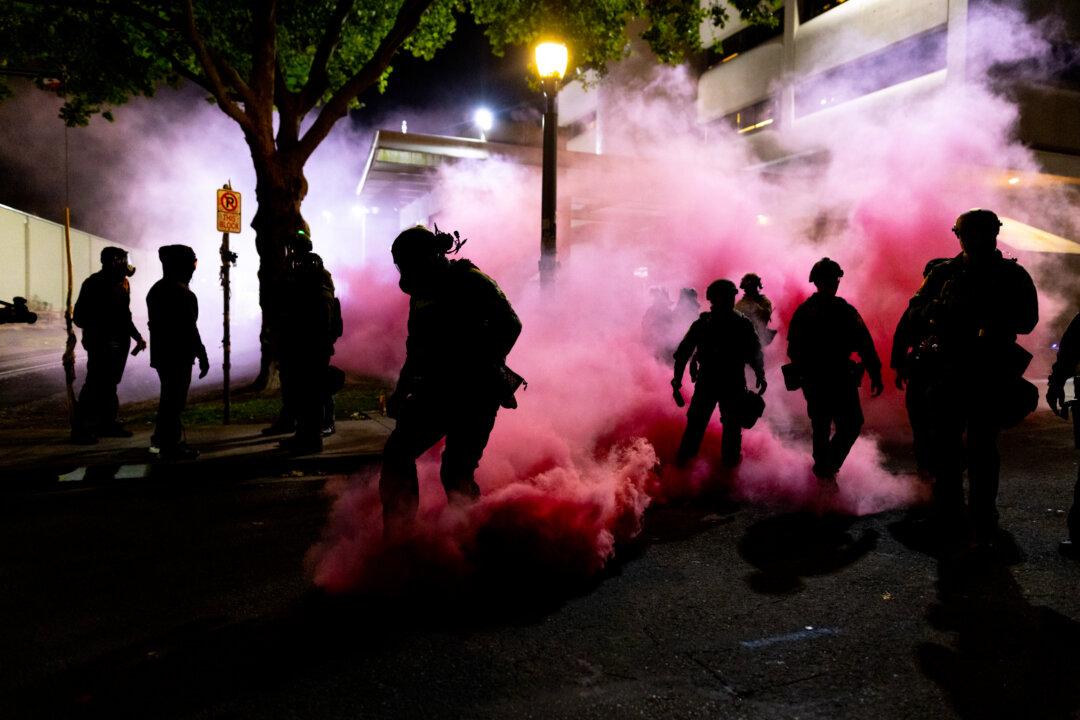LOS ANGELES—In a narrow corridor between Los Angeles International Airport (LAX) and the beaches of Playa Del Rey, Calif., a framework of cracked asphalt streets is lined with unkempt palm trees behind chain-link fencing, as outgoing passenger jets pierce the sky with the rumble of jet engines.
“I walk through this place all the time, but I’m unaware of its history,” a man walking just outside the fence line told The Epoch Times. “Nor have I ever really thought about it, to be honest.”




